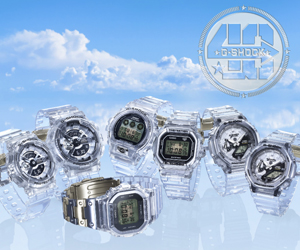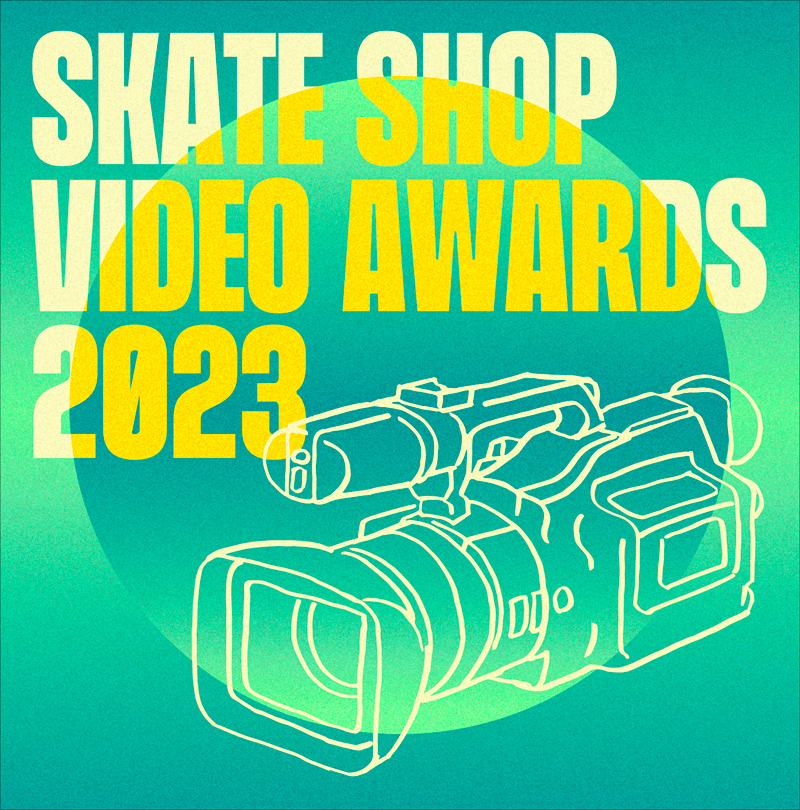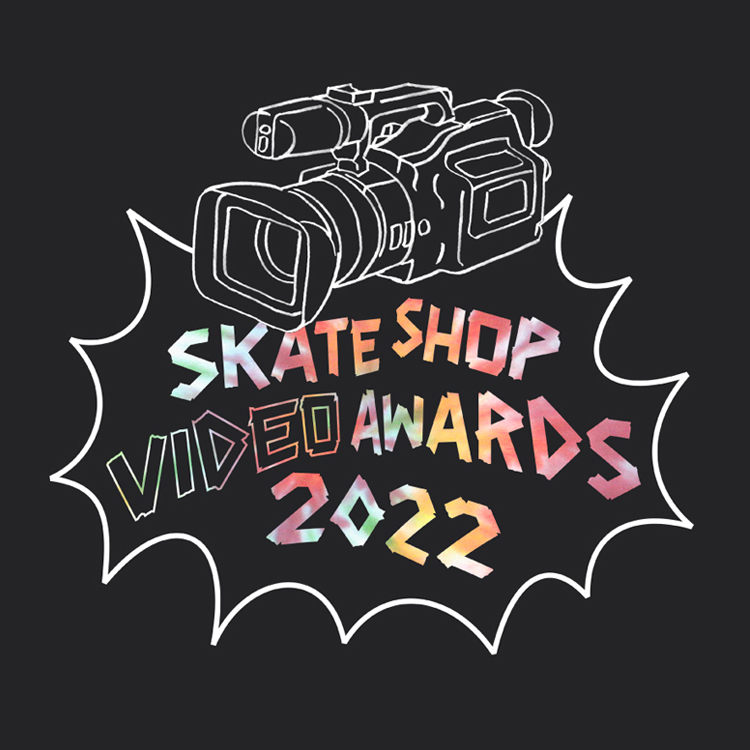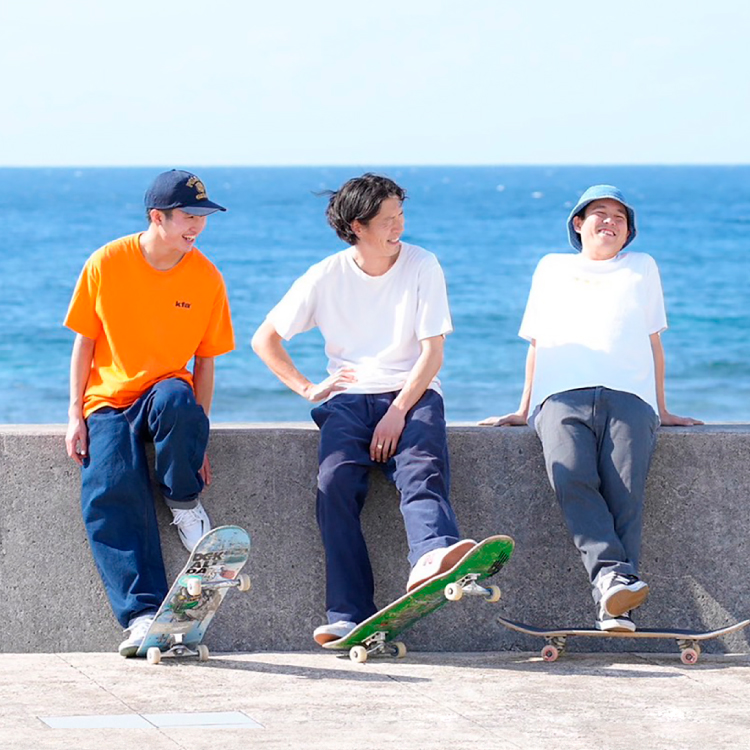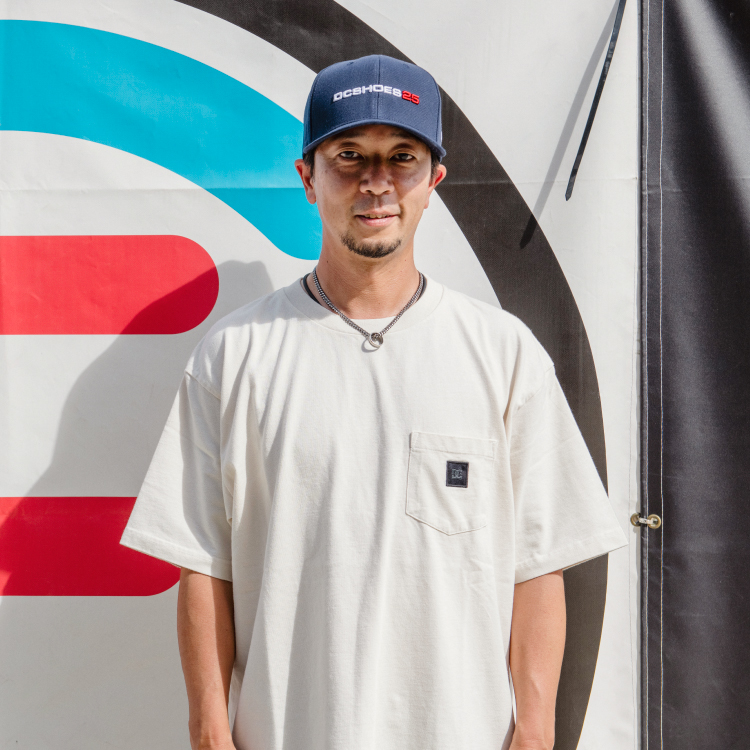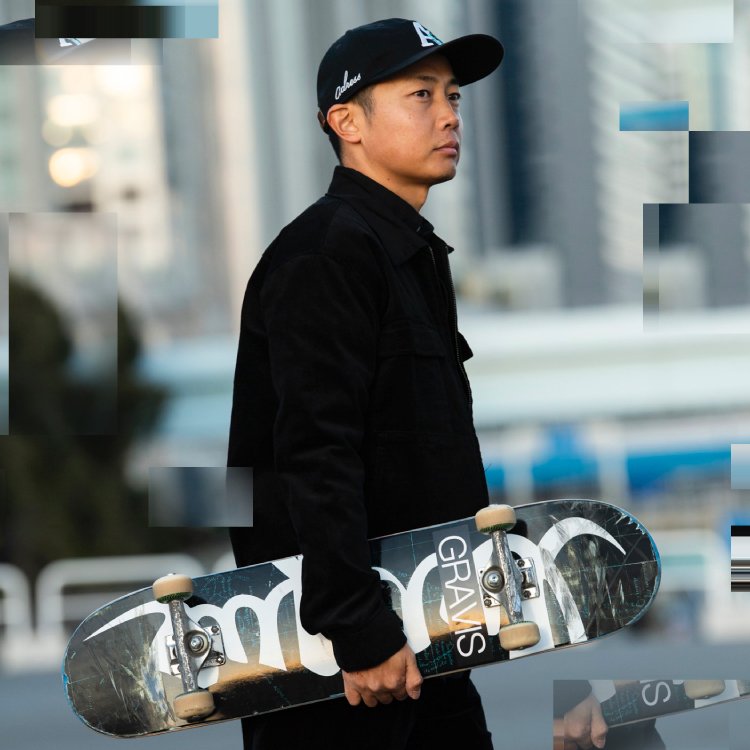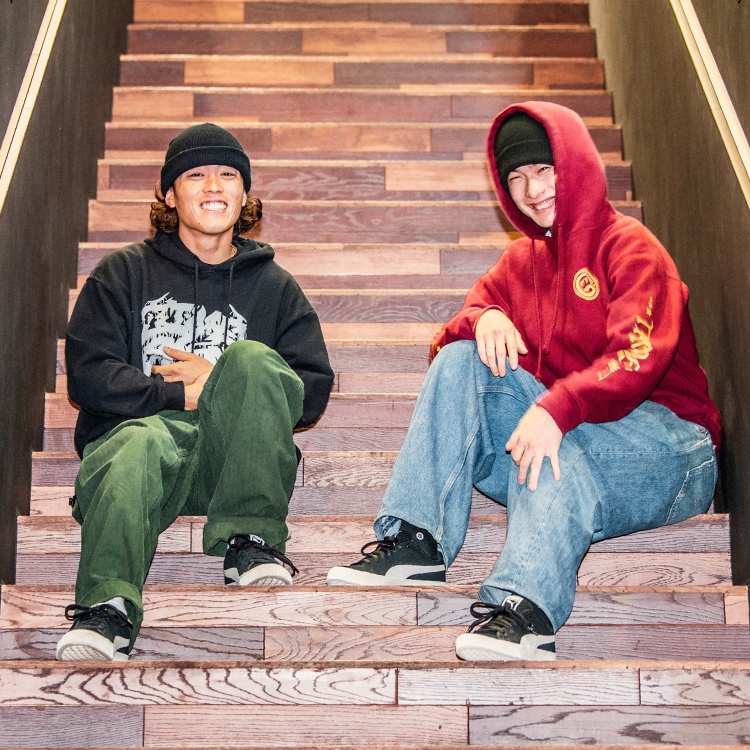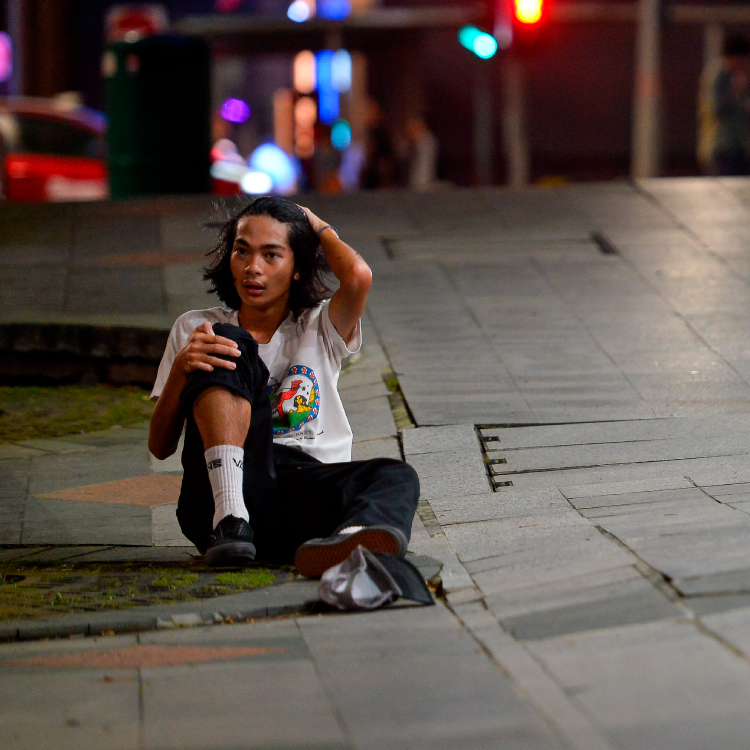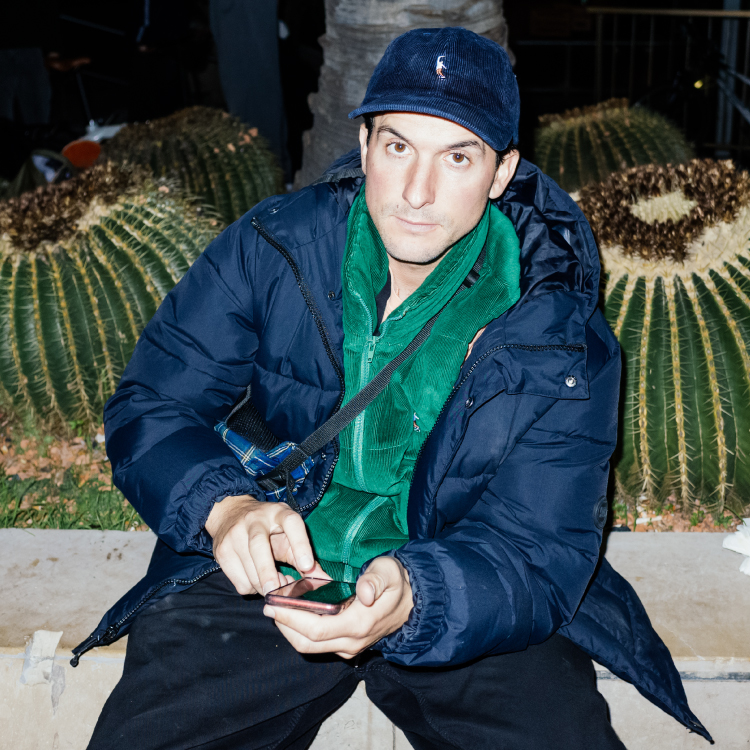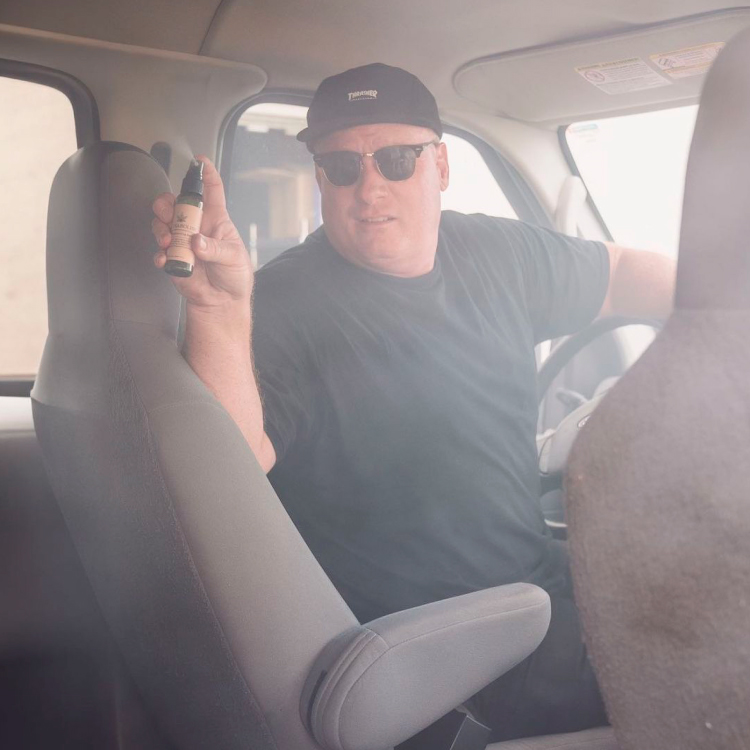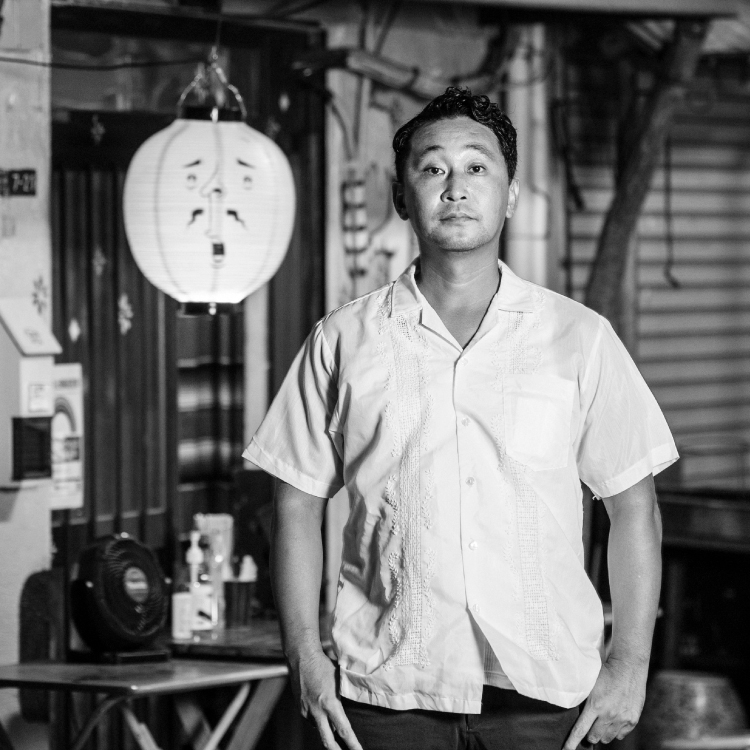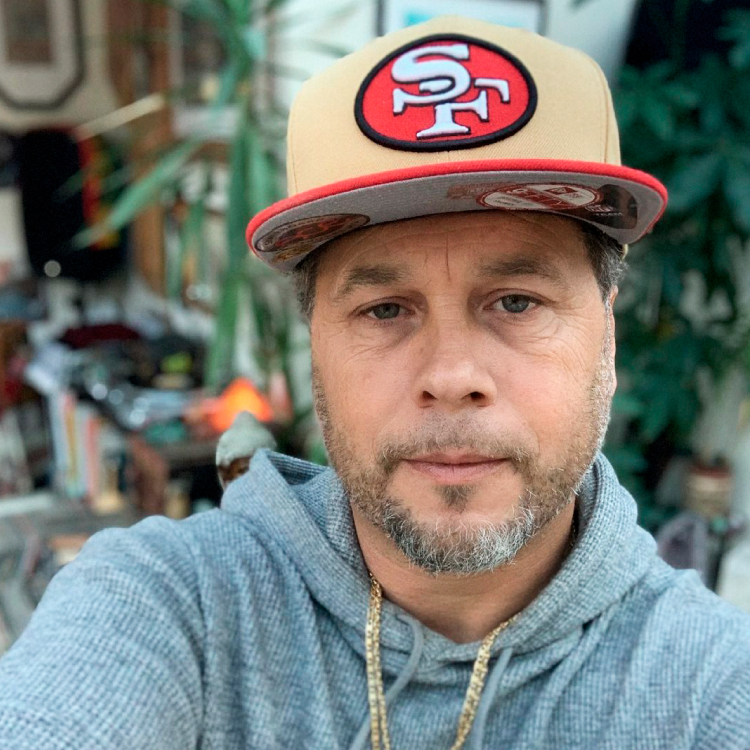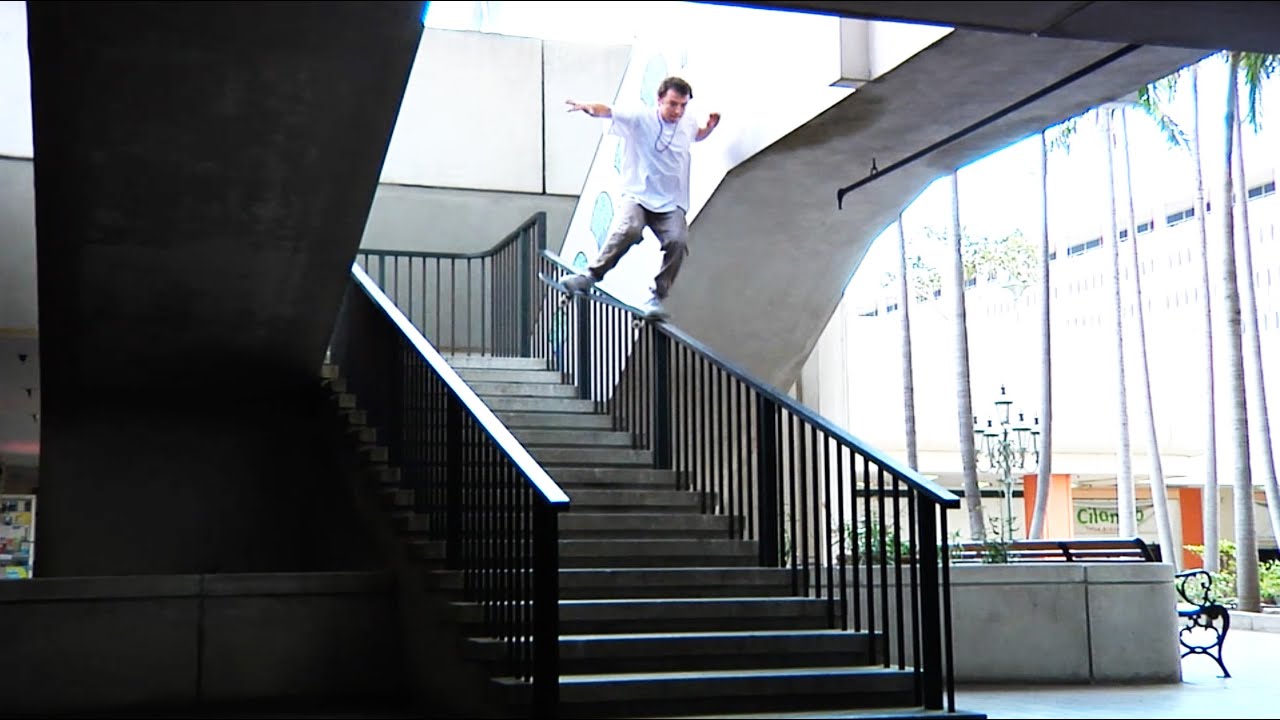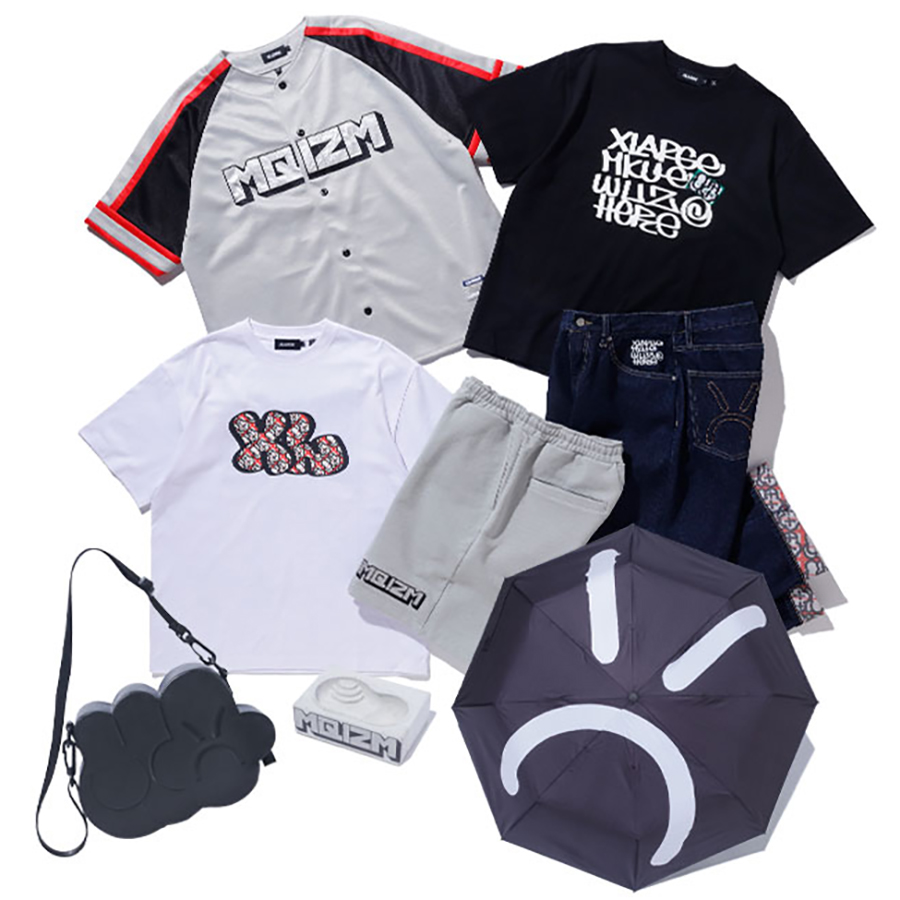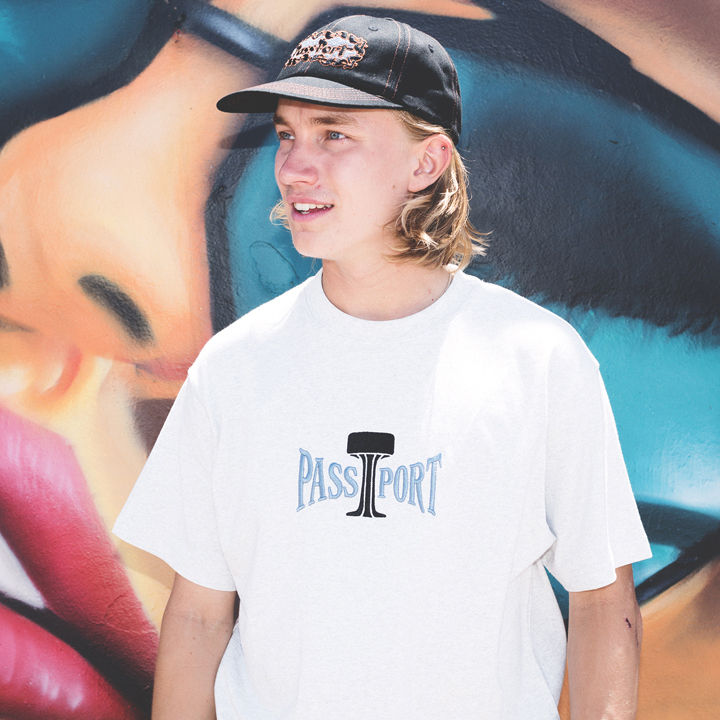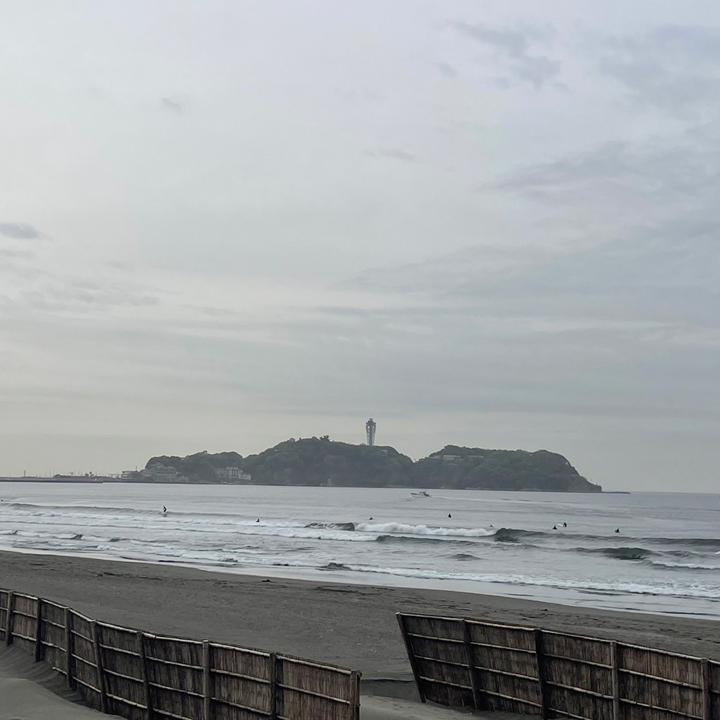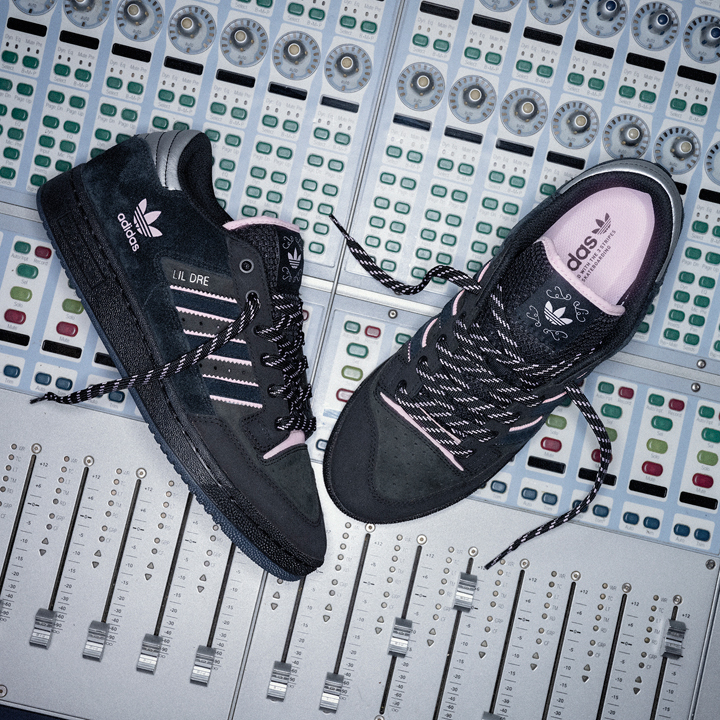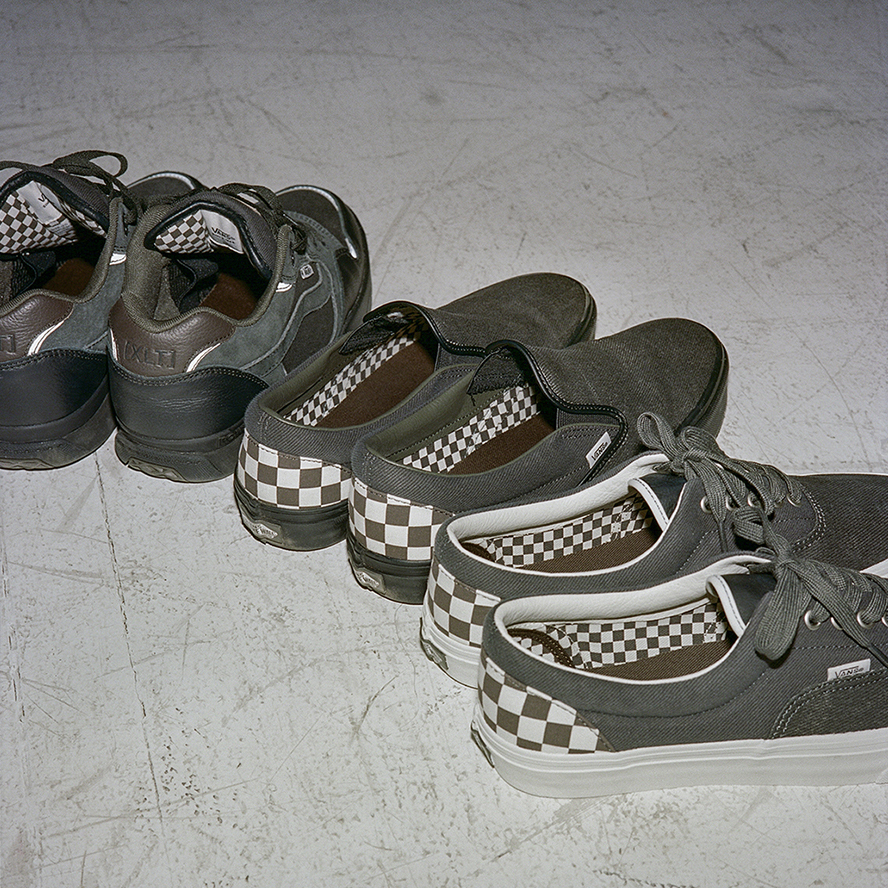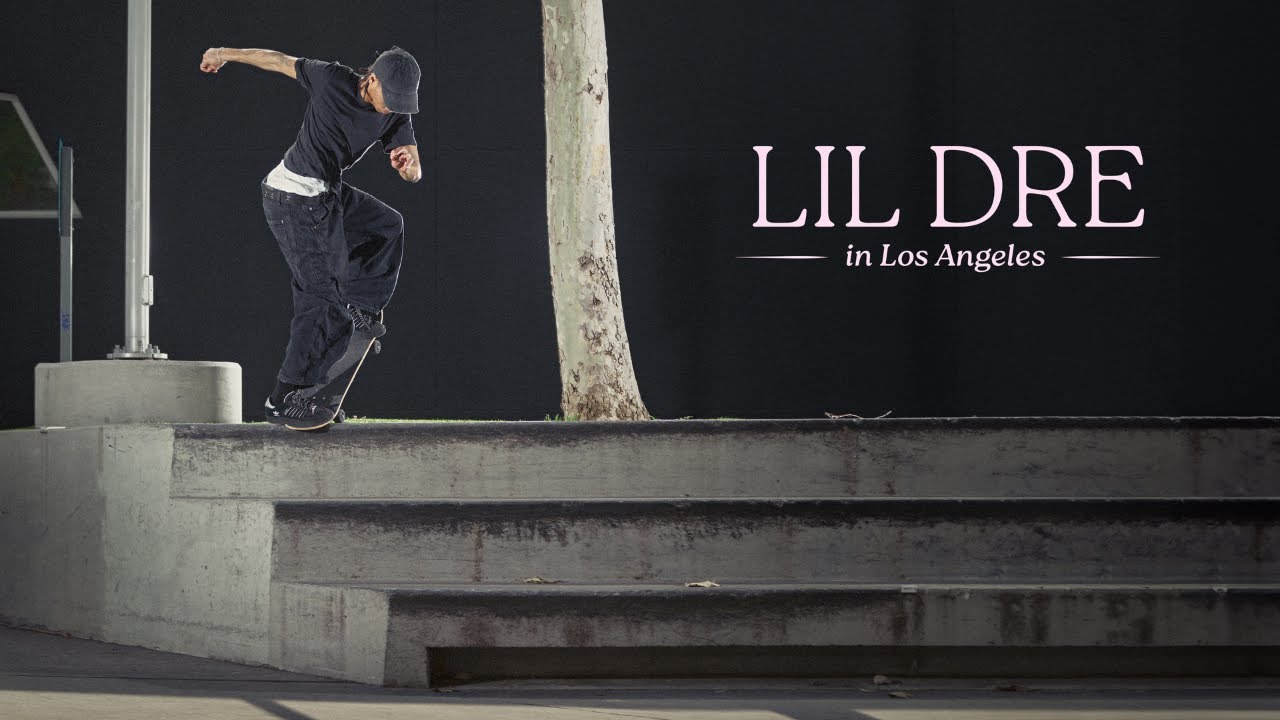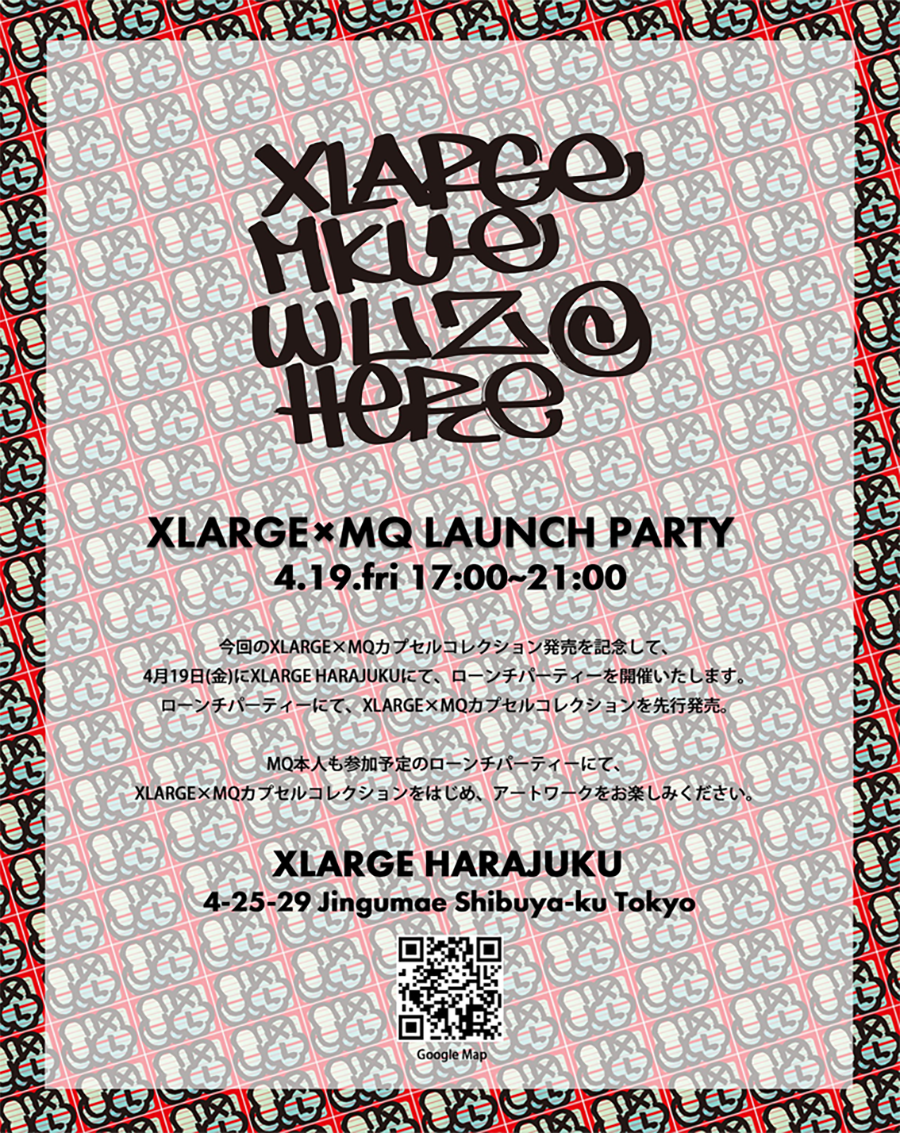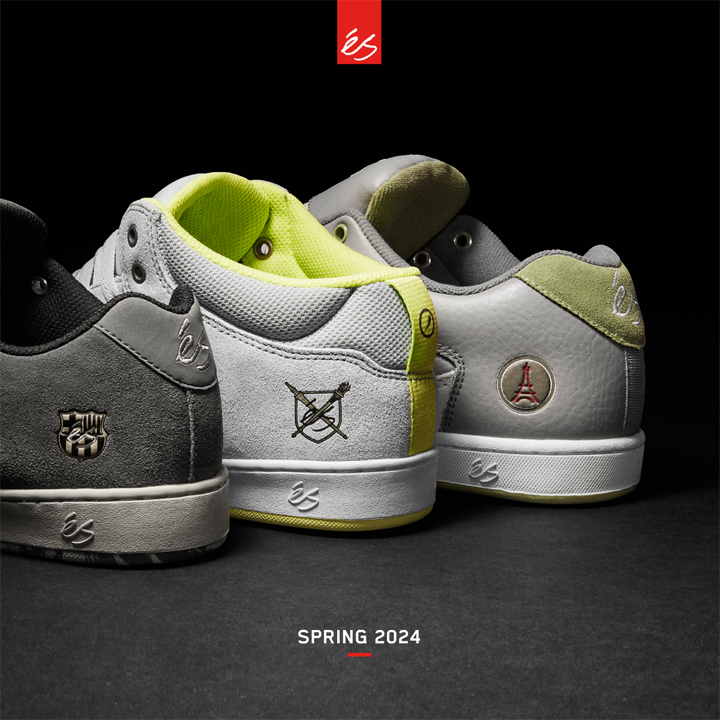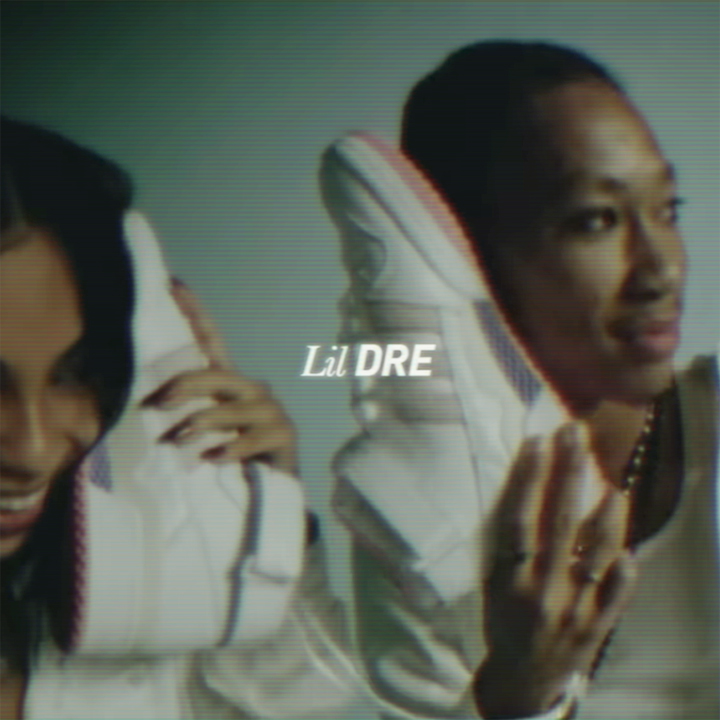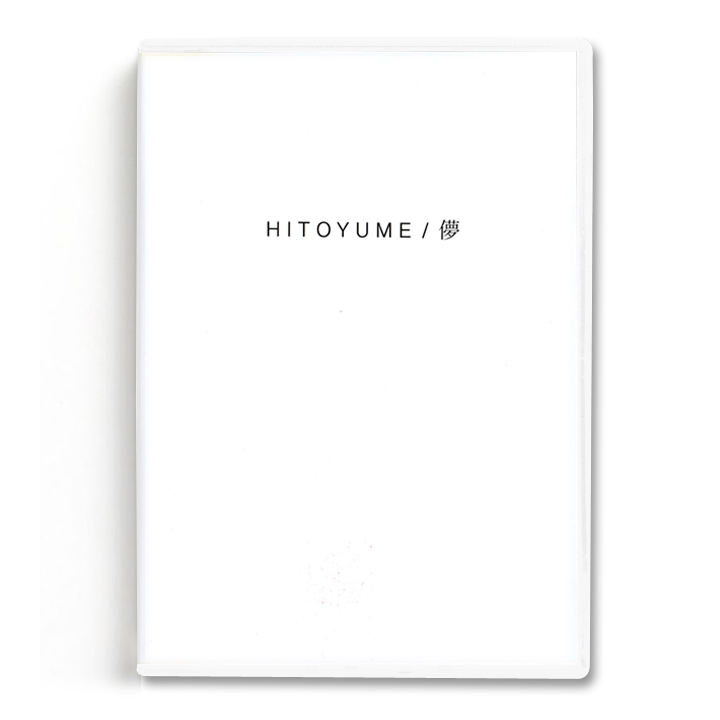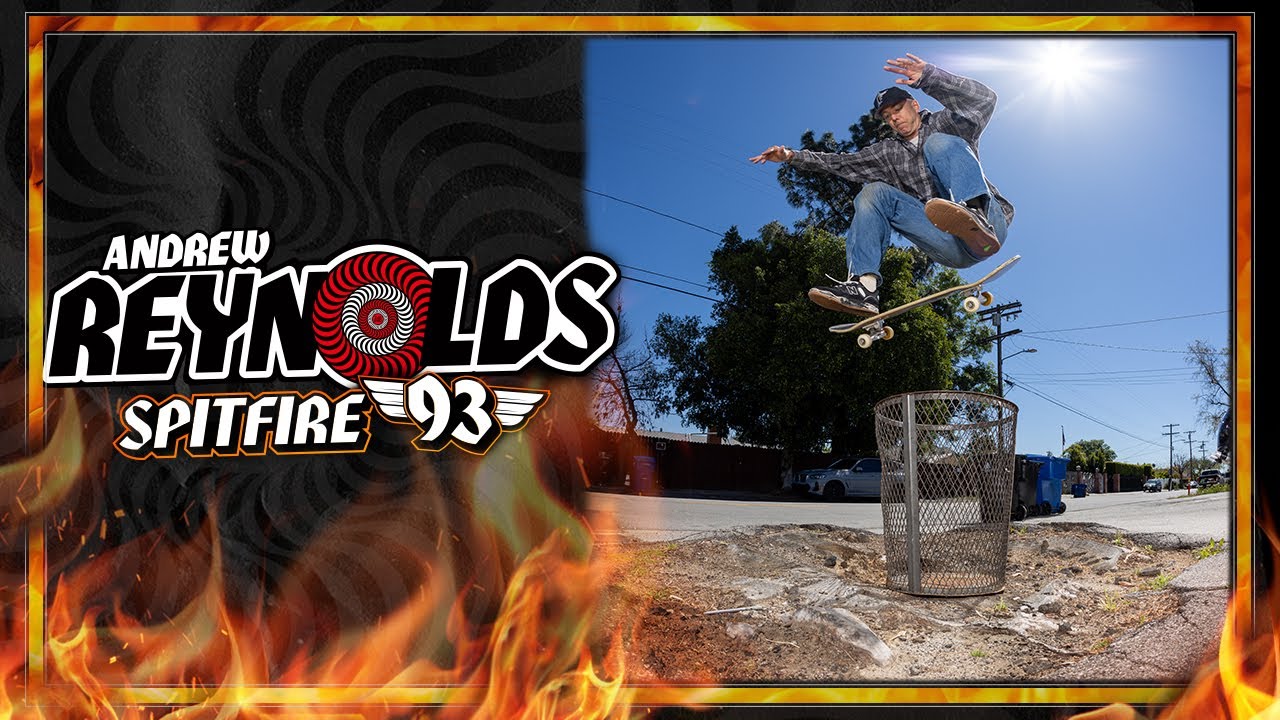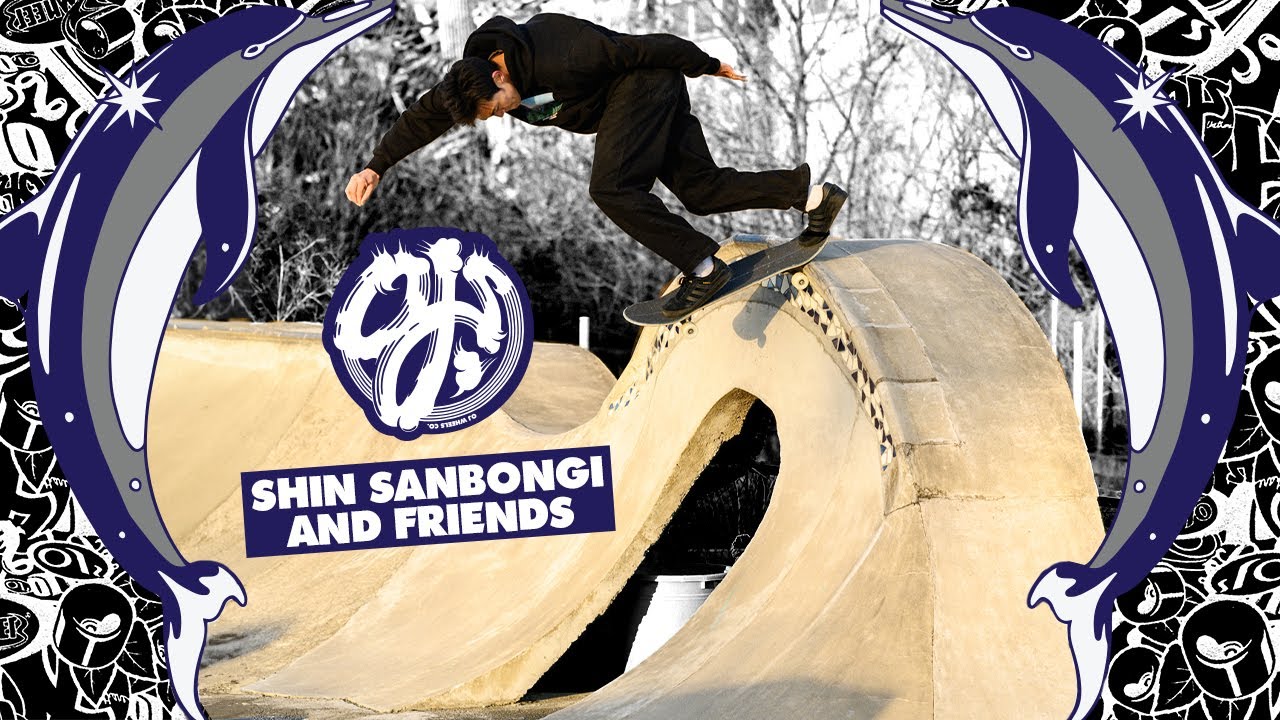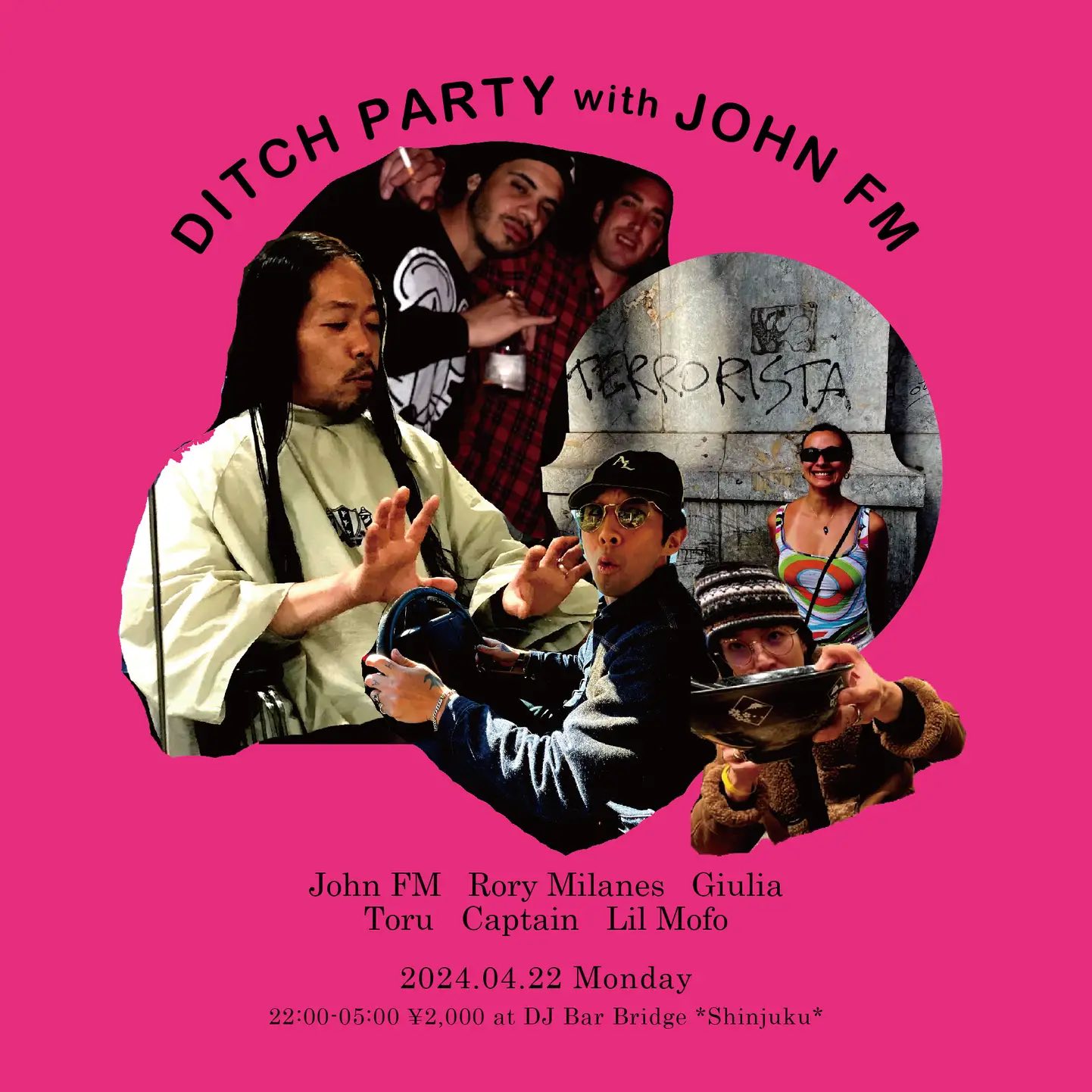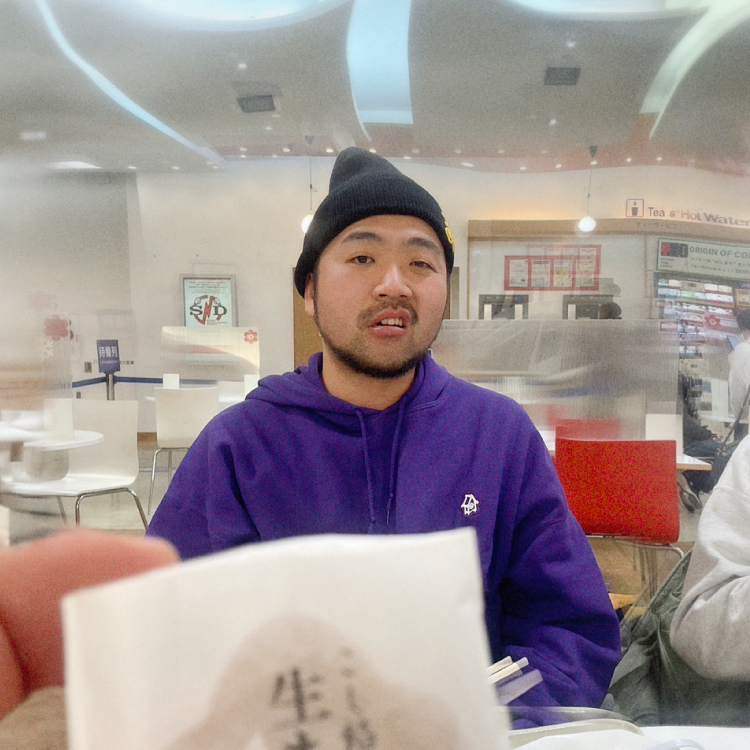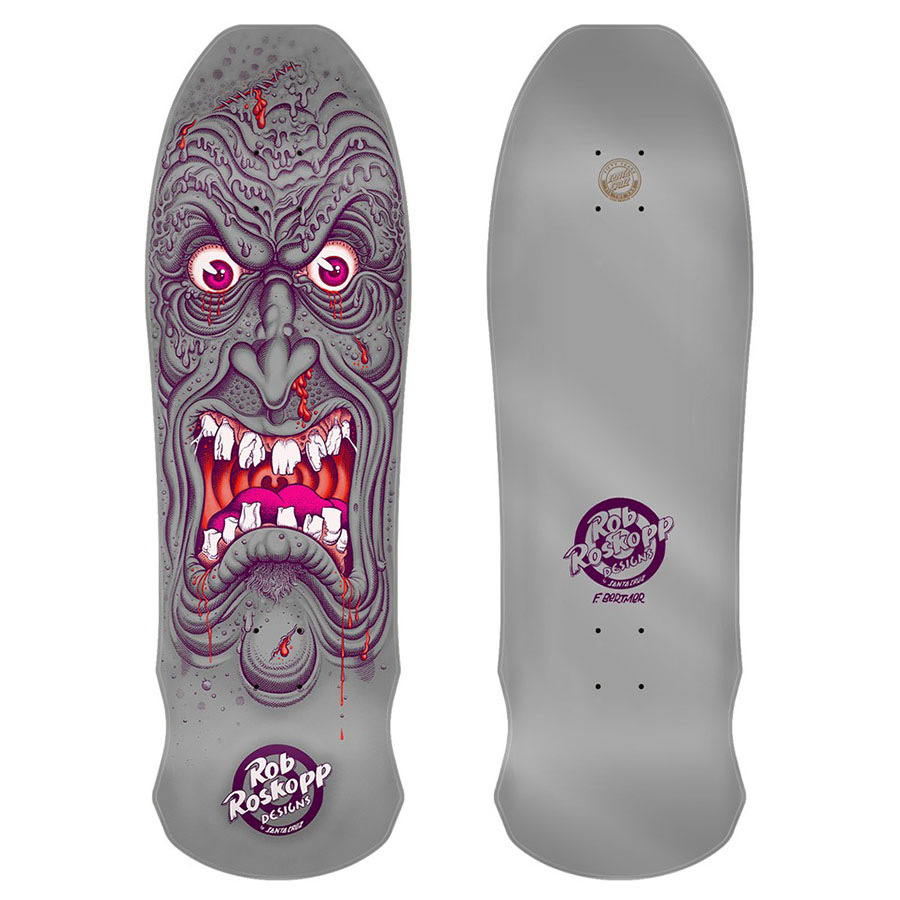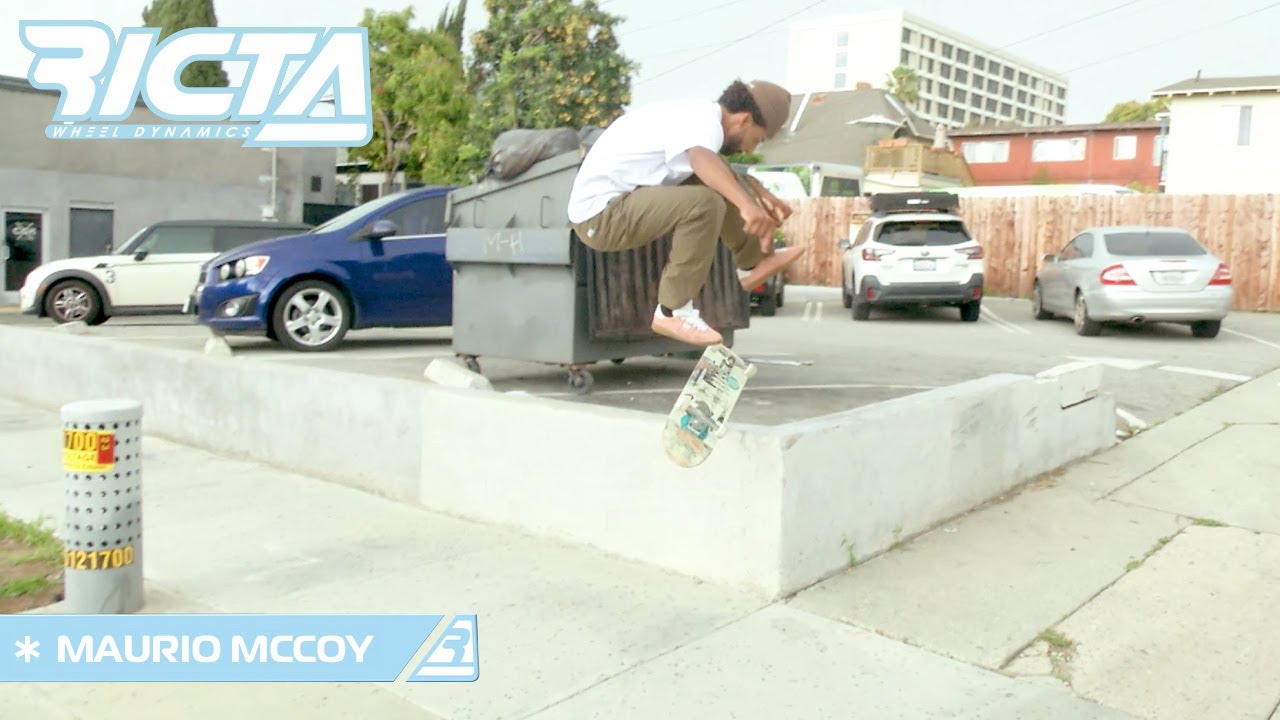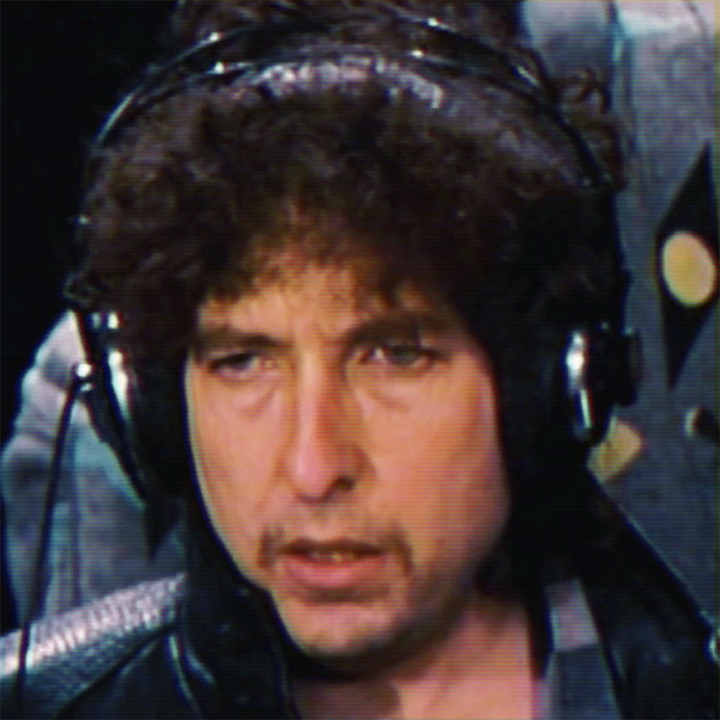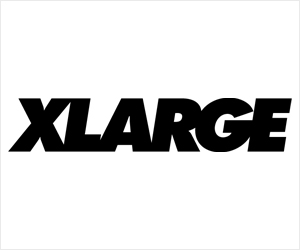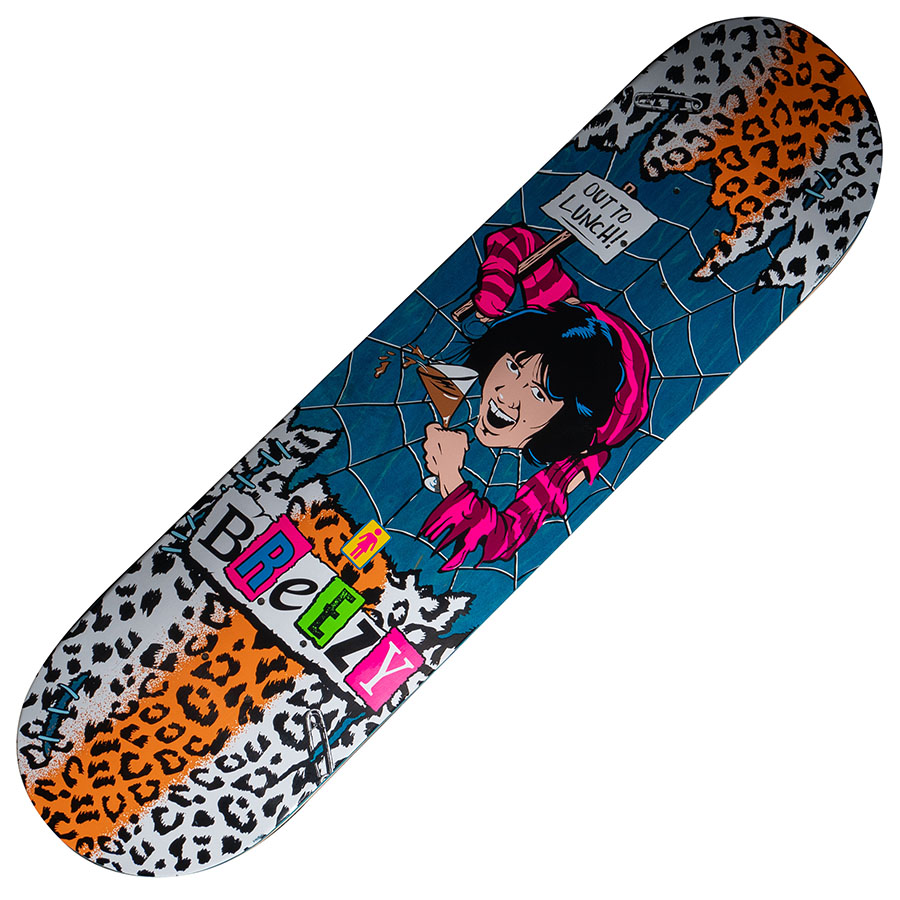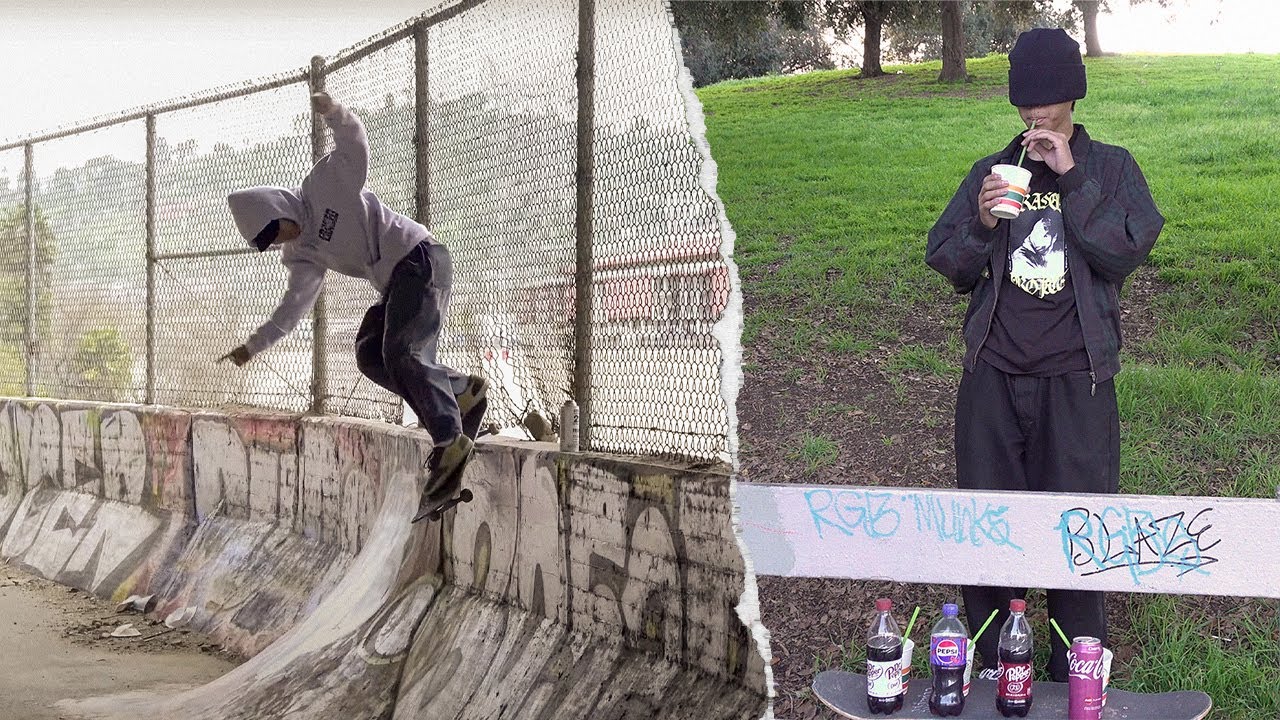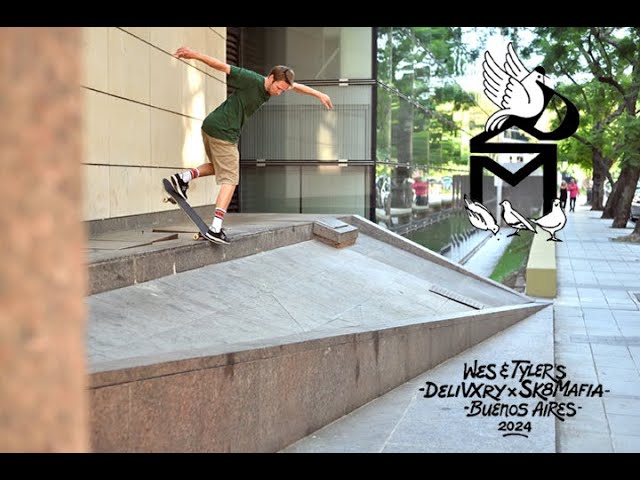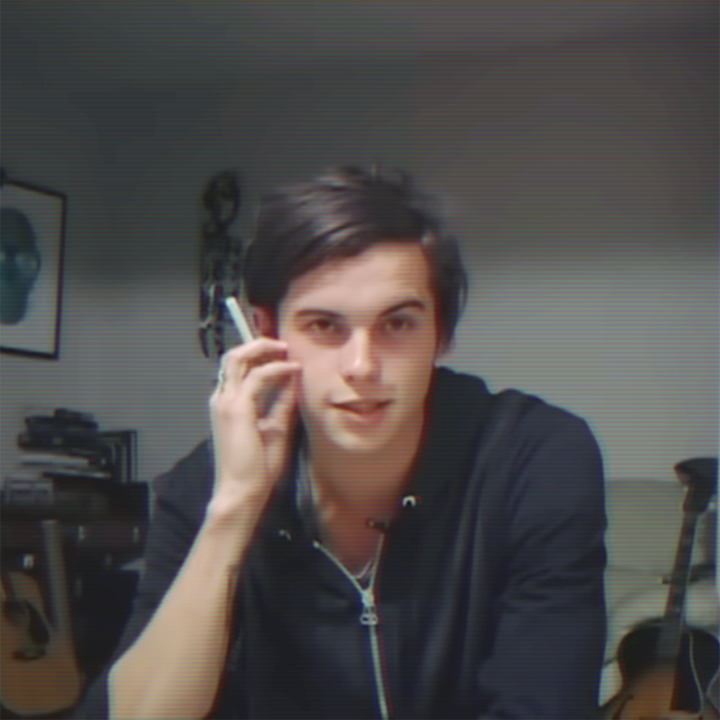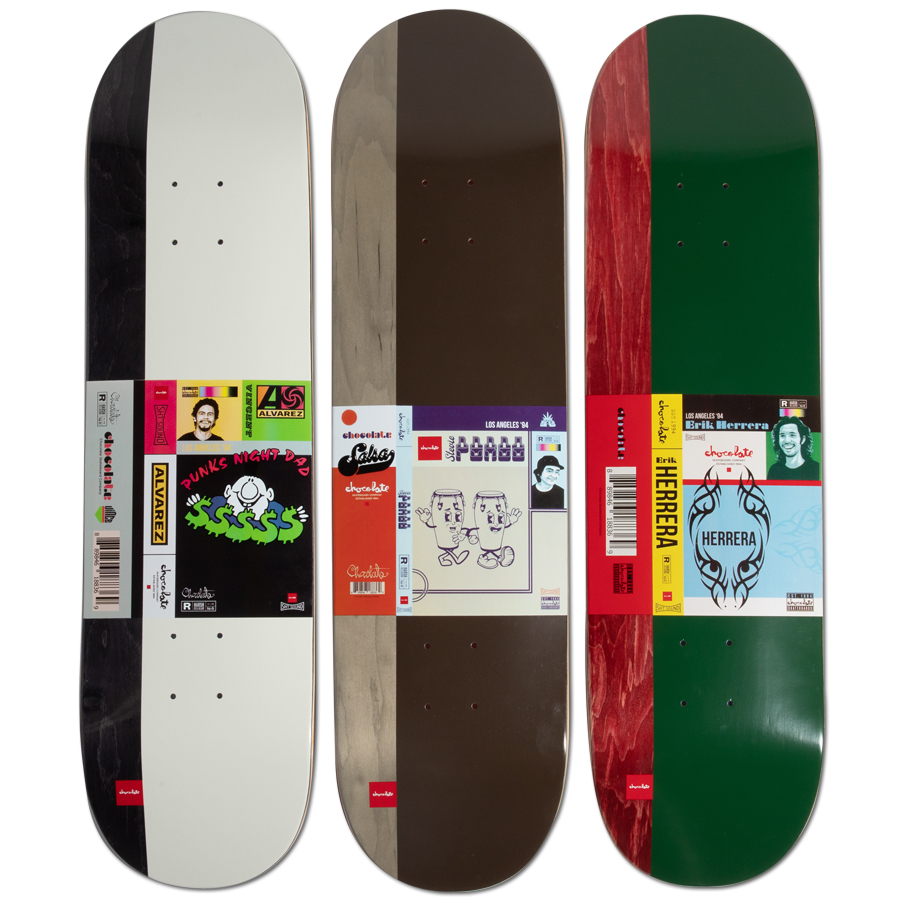Daisuke Tanaka aka Diskah has been supporting the Japanese skate scene by building a multi-cultural crew called OWN in the mid '90s. He talks about his art and skating, which he still pursues with the same original worldview.
──DAISUKE TANAKA (ENGLISH)
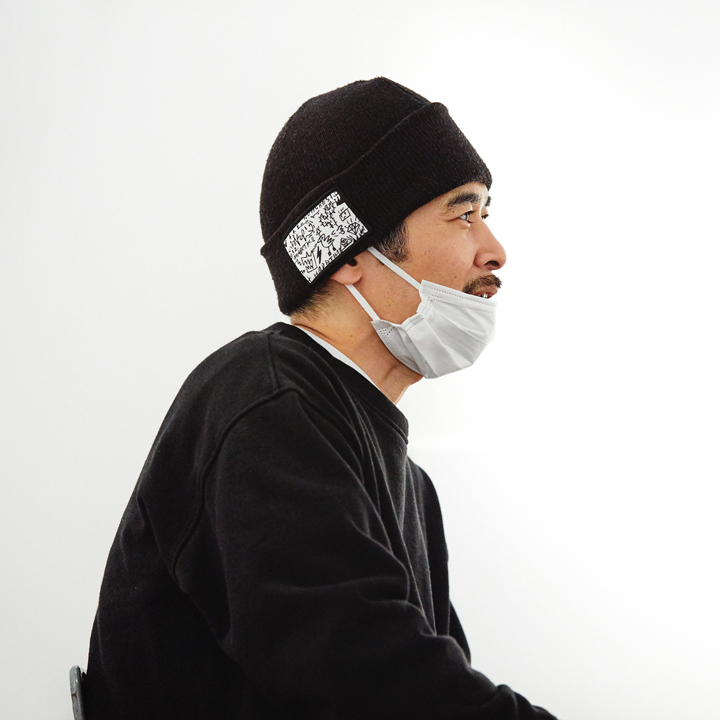
[ JAPANESE / ENGLISH ]
Photos_Junpei Ishikawa
Special thanks_Diginner Gallery, Candy Video Magazine
VHSMAG (V): How was it like when you first started skating?
Daisuke Tanaka (D): I first started when I was in the third grade. MY friend had a board and we just played around with it but couldn't stand on it yet. So we'd butt board and cruise down a hill, then almost crashed into a parked car because I didn't know how to stop. That was my very first day skating. After that, I didn't skate at all and got into surfing through my older brother, then started skating as an extension of it. It was slalom and turning on a bank that I'd find randomly.
V: So surfing got you into skating. How did you make the transition from surfing to skating?
D: When I was in high school, the surf shop that I used to go to went out of business. I was trying to figure out what to do and an older friend got me into skating. Actually a little while before that, there were people skating in front of a neighborhood park. They were doing boneless, ollie, yo-yo plant... all these tricks over manhole and using guardrail. Later I'd find out that it was STORMY riders Satoshi Kawamura, Yoshifumi Egawa, Masazumi Hoshino and Takeshi Yoshiga. Anyway, I remember being blown away watching them skate.
V: They were one of the bests back then... How did you get to know them?
D: I was friends with Kiyokazu Koreishi and he skated for STORMY and I think he brought those guys to my local spot. We started talking from there. That's how I suddenly started hanging out with those super good skaters.
V: So your influences didn't really come from skate magazines. It was from the actual spots.
D: For me, yes. It wasn't from magazines and TV, I used to get a kick out of watching someone doing things. When I saw those STORMY guys, I got the same impact as I did when I saw surfing for the first time.
V: Is that the jump ramp era?
D: Exactly.
V: I remember a photo of you doing a method air in Ollie Magazine circa 1989. Those days, right?
D: I was nineteen! Good old days (laughs).
V: Who were your influences back then?
D: When I was about 16 years old, I watched a contest video called "Sure-Grip Beach Style" (1985) and I got really influenced by the skaters in that video. In real life, this older local skater was a big deal for me. But he wasn't interested in being in the public eye; he was fostering the local community. He'd build and paint obstacles and hold local contests. Then we'd go skate in front of the local train station and at Mitake Park in Shibuya. It was pretty rare at the time, but there was this guy that had a video camera. We'd connect the video camera to the TV and make Bones Brigade-ish video, or we'd take photos and show each other. I was also keeping a diary of surfing and skateboarding with drawings. We would buy camouflage MA-1s together and put our team's name on them or make T-shirts and long sleeves. We were doing that kind of stuff every day. So the older local skater had a big influence on me.
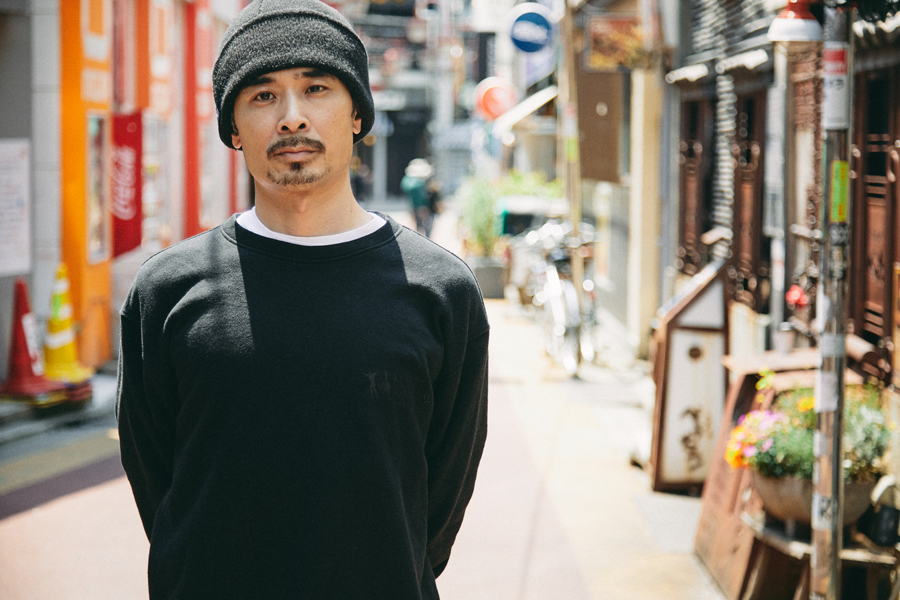
V: There were very few things made for skaters back then so you had to make them. That DIY spirit was at the root of the '80s skaters, and I think that's one of the things that makes them special. The people of that time who are still active today are no exception.
D: I guess we had to make stuff on our own. Whether it was an imitation or not, we just had to do it. We didn't have smartphones or the internet. Not Many people were into surfing and skating. Skate magazines like Thrasher were only available at the Laforet bookstore in the Shibuya and Harajuku areas at the time, and the prices were twice as high. And we'd all see the photos and get blown away, right? It was like, "Damn, what is this guy doing!? I wanna do it but don't know how!!" It was like a bolt of lightning running through your mind, or your imagination is running wild. That's the difference between today and back then. All the information came in at an overwhelmingly slow pace, so you had to look for it yourself. You needed to actually be there to get whatever you want. So it took so much time to learn a single trick. But people who were going through that era knew they had to do it themselves, so they just went for it. When you're moving around here and there searching for the thing you want, you connect with people. I think that's what skating and art is all about. I didn't even know the meaning of the word "DIY" at the time, so I guess it's more like "just do it" (laughs). Anyway, when you want to do something, you just go ahead and do it.
V: How about in the '90s? What were you doing back then?
D: It was a time when the gap between old school and new school was getting bigger. But the skaters I got along with had both styles, and many of them had their own quirks. Takeshi (Takahashi), Shinnosuke (Yonesaka) and Wataru (Nagashima) were like that (laughs). I thought it would be great to have a brand or a team of guys with individuality, because there was no such thing in Japan. When I started planning this, the owner of a distribution company that I skated for asked me if I wanted to work for them and start a brand. So I started OWN while working there. That was in 1994, I think. When the brand first started up, I had the help of painters JUMPIN and KAMI, as well as Naoki from the hair salon UNique, who helped me with the design. I worked at the company for the first two years, and then I became independent in 1996.
V: OWN wasn't about being good. It was a group of people with a unique view of the world. Skaters, artists, musicians...YOU THE ROCK★ was also one of the members. How did you expand your network?
D: It started out as a way to connect people with their own worldview. There were a lot of people in Japan who had their own individuality and worldviews, and their skate styles were so dope and unique. As I hooked up with people like that, I started to connect with people who are not only skaters, but also snowboarders, graffiti artists, musicians and other people who are unique in their culture. Anyway, OWN was full of weirdos and troublemakers from all over Japan. I think I wanted to make a domestic brand with a different perspective. It wasn't a contest-oriented brand. we were more about lifestyle and creativity.
V: You were touring quite a bit with OWN at the time. Anything you can't forget from back then?
D: There are a lot of things I can't say here... Let's see, I guess the surprisingly memorable event was encountering a number of unidentified flying objects while driving on the highway near Mt. Fuji on my way home from a road trip. It's hard to explain in words, but it was amazing and really mysterious. Before the trip, YOTTY, one of the designers at the time was saying, "I've never seen an unidentified flying object with my own eyes in my life, so I don't believe it." Then we encountered a bunch of glowing flying objects in all directions in front of us and he goes, "Hey, I can see them clearly, too! Those are definitely unidentified flying objects!" That was pretty funny (laughs).
V: That's a good one (laughs). Has your approach to skating changed over the years?
D: A lot has changed, I guess. Because I broke my leg when I was 21 and I was haunted by the trauma for a long time. It took me about seven years to get over it, but since then I've just been trying to skate with like-minded dudes to get the best sessions. That's all I did. From there, more than a decade later until I broke my leg two years ago, I think I've had a good skate life in my own way by having great sessions with different skaters in different places. This injury was also a long layoff, but I learned a lot about how to put myself in the right frame of mind, rehab and training and all that. So it was worth it. The first time I skated for a year and eight months after the injury, I was really struggling but I kept telling myself "I was only away for two weeks," so I was able to skate better than I expected. It wasn't great, but it was a good start for me. It would be great if I could continue to skate for fun and not take it too seriously.
V: I saw your clip on Instagram. You were skating at the bowl in Takao, where you broke your leg.
D: It's the place where I broke my leg, and it's also the place where I did the DIY (laughs). The moment when I broke my leg, I vividly remember shouting, "Who's gonna go pick up my daughter!? Who's gonna make dinner!?" It was my family that came to mind before anything else. Then I had a pop-up event coming up in two weeks in Okayama so the next thing I thought was, "What am I gonna do about Okayama!" And finally, "When can we skate again!?" Then I found out that Kojima from Fabric skateshop had been filming the whole thing with his video camera (laughs). It's been two years since then, but someone from the Warabi area told me a while ago that I had to pull the trick that got me injured. And that's when I can make a full comeback (laughs).
V: How did you get into art?
D: I've always wanted to be an artist since I was a kid, partly due to my parents' influence. I stayed away from it for a few years since I started surfing and skating, but in the late 90's I was influenced by KAMI and Thomas Campbell, and my desire to create came back again.
V: What was your first job as an artist?
D: I did a bit of illustration work for magazines, but my first real job was when the characters I used to draw caught the eye of the Hi-STANDARD members and I did a backdrop for their live show. When I got paid for it, I thought I was getting closer and closer to my childhood dream.
V: That's a super big one for a first job (laughs).
D: Yeah, I know. And this is a true story, but one day I was thinking, "Maybe I'll get a job with Hi-STANDARD or something," and I got the offer the next day (laughs). I remember being nervous. It was my first job offer and it was with someone famous. I was just as nervous as if it was my first time running an errand (laughs).
V: What was it like when you made the decision to make a living with your art?
D: I thought very strongly about it when I got that first offer. But it was four years later, in 2002, when I started working as an artist under the name DISKAH.
V: You work on different styles like drawing and stenciling.
D: For my drawings and lettering, it's more about the flow. But for other pieces like stenciling, I do change the tools and the way to use them. I want my work to be diverse and creative.
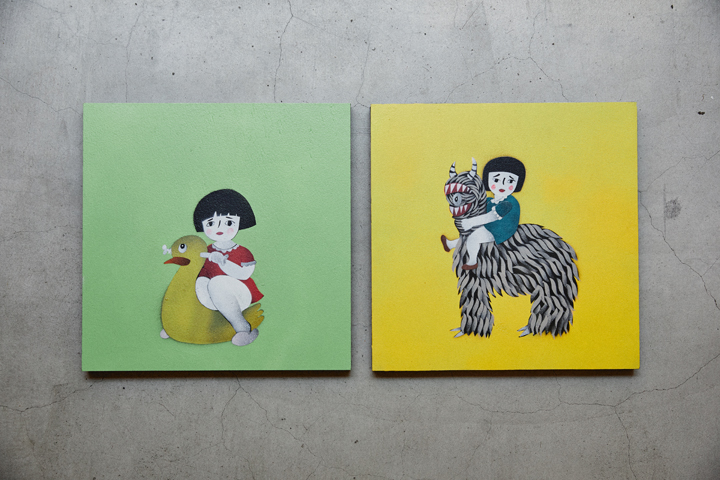
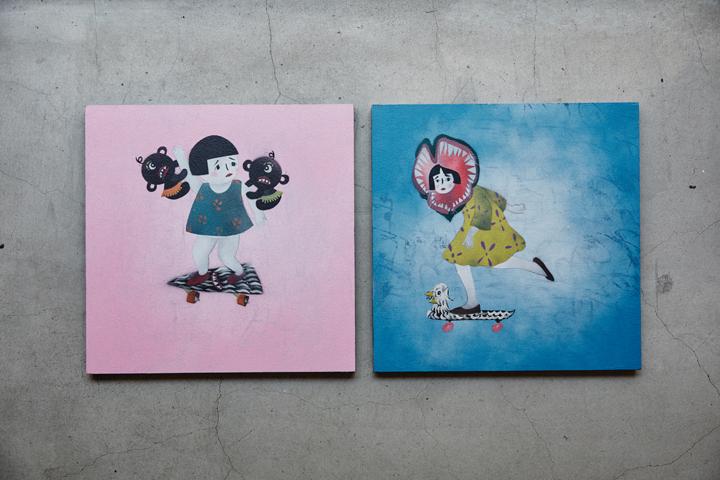
V: From May to June this year, you had an exhibition called STAY DOOM at Diginner Gallery in Jiyugaoka. That was something different from the usual shows due to COVID-19.
D: The exhibition was already scheduled to take place, but we had to figure out how we could show the work under these circumstances. And so we decided to do it online through video streaming. We thought it would be difficult to convey the real vibe of the work if we only used images, so we documented the creative process. We also filmed the completed work from all directions. But you can't get the feeling of the work unless you actually see it, so you could make an appointment if you want to see it in person. To explain my work, I took the current situation of overcoming difficulties in the world and the various problems that are occurring in my own country as my theme, and used them as motifs of children, monsters and yokai. They may not make sense but I think I've managed to create a work that really brings out my own personality.
V: Recently, you provided artwork for the album cover of rapper KGE THE SHADOWMEN. What did you connect with him?
D: There was this repeat visitor to last year's exhibition who came through BLOCK BASTA in Okayama, and her husband was the rapper. I didn't know who he was, but at first glance I got the impression that he was doing something special. As we were talking, I found out that he was a rapper. A few days later, I got an offer through BLOCK BASTA.
V: You've also been working on instant's 25th anniversary collaboration and having a pop-up store there. I also saw a video of you skating at the new bowl in Miyashita Park.
D: I'm not sure if I can skate like I did before that injury but I'm trying to enjoy skating in the limited time I have while dealing with my age and body. I want to create more places to skate. As for art, I'd like to continue to create and do solo shows and pop-ups, both domestically and internationally, as well as doing design for apparel, skate brands and commercial art. I'd also like to do some murals and collaborate with new types of people as there are so many things I can do.
V: Thank you for VHSMAG collaboration design too. It feels the design represents us well.
D: Thank you. It's not so much an avant-garde image, it's more like an image of VHSMAG sharing Japanese skate scene from Tokyo to the world. And I'm a Tokyoite as well.
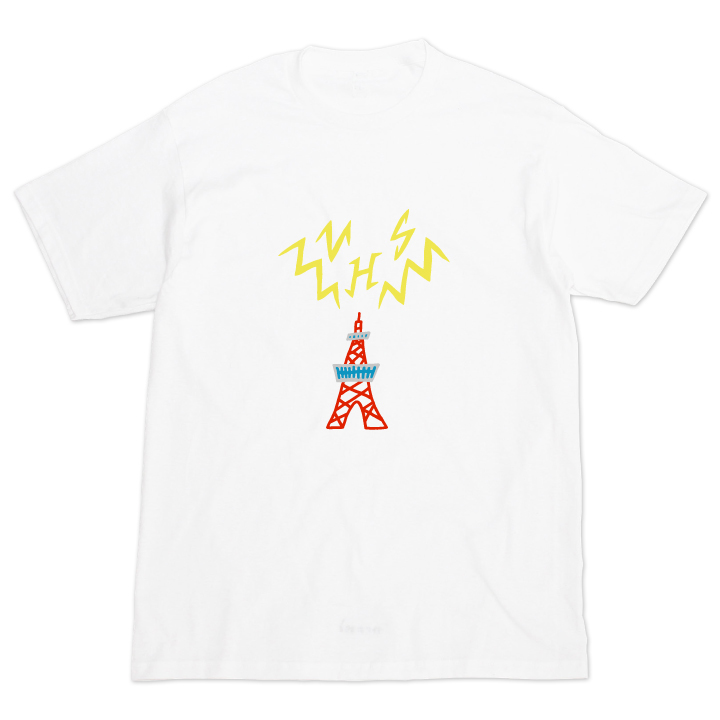
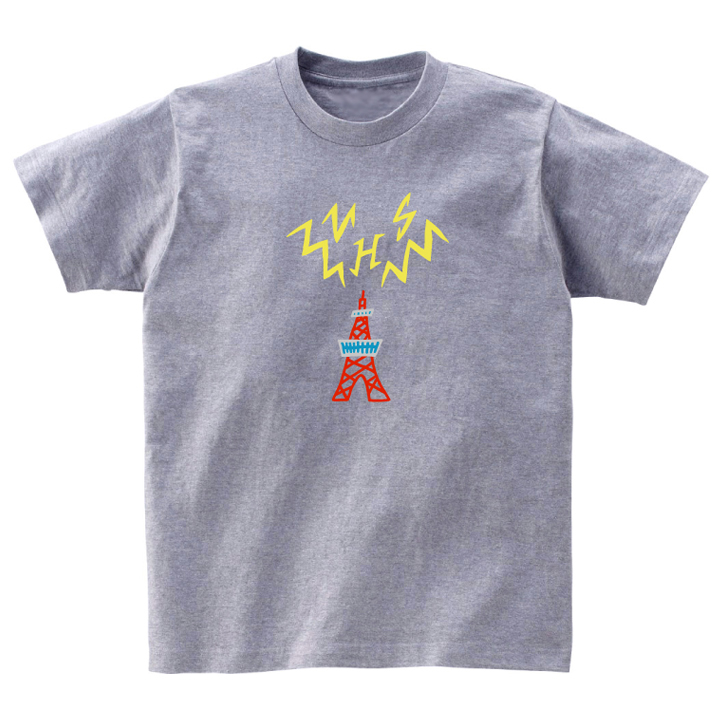
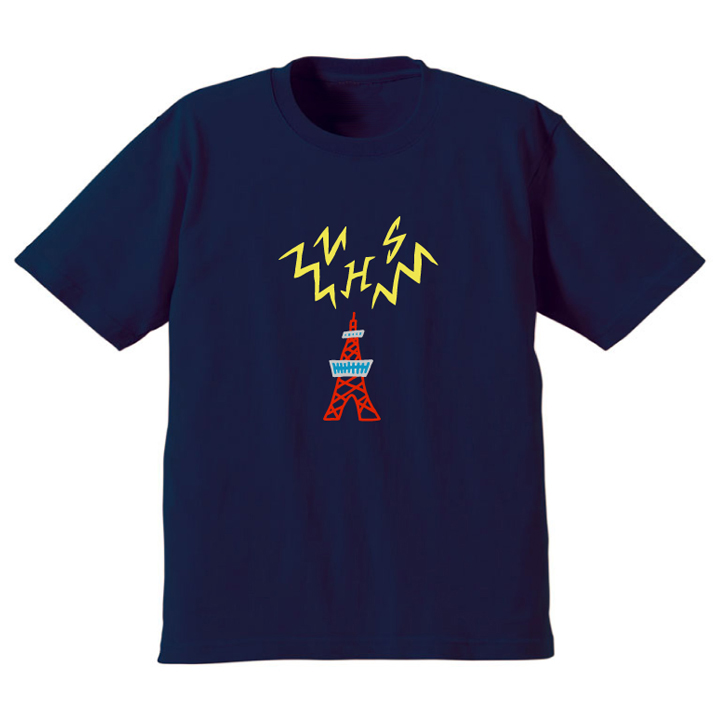
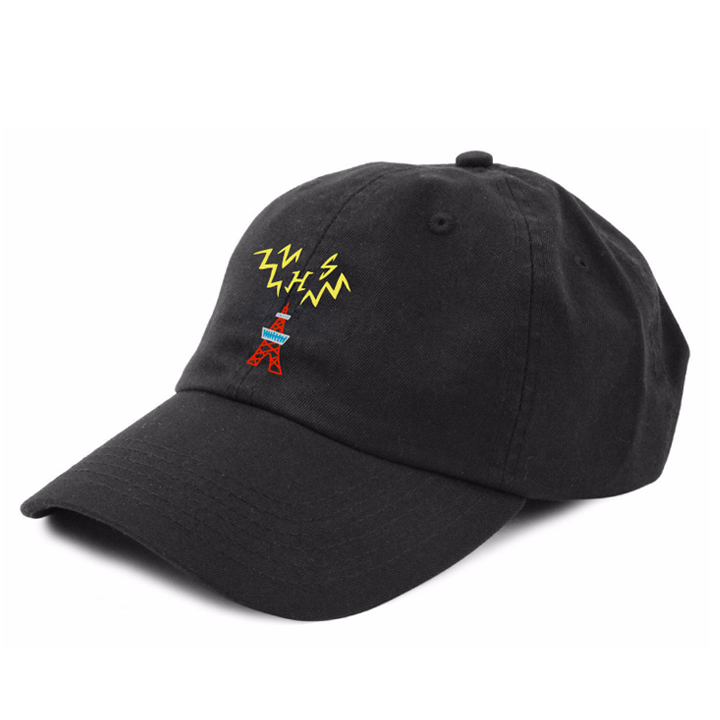
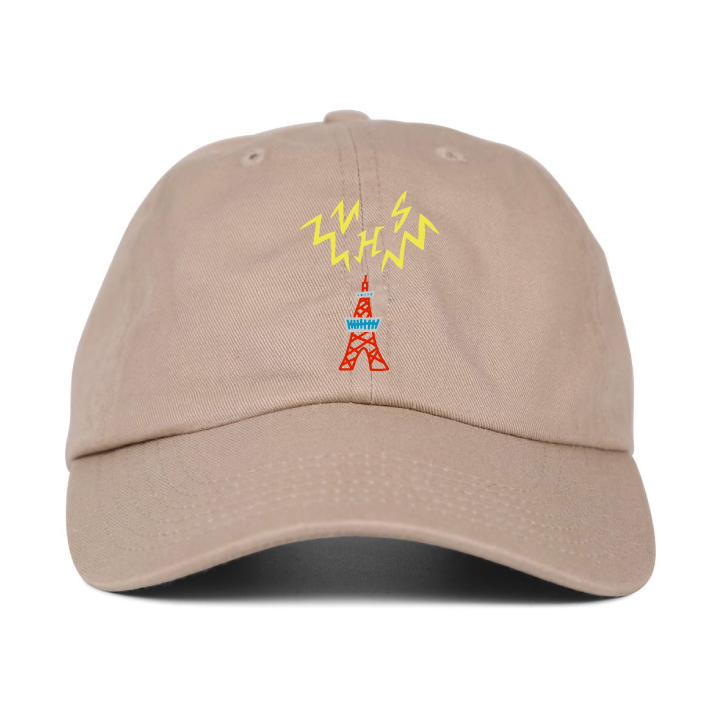
V: Lastly, what are your plans for the future?
D: I don't know what's going to happen to the world in this situation, but I'll always be creating. I'm planning to release a car-themed picture book, a book for adults, and a limited edition of about 100 copies of another photo book from the same publisher. I also have collaborations with ROUGH AND RUGGED, BILLABONG, AREth and GOLD SCHOOL. From September 17th to 27th, I'm exhibiting at FLOWER COFFEE BB, a coffee shop in Chigasaki. Another exhibition at LOUNGE in Nakameguro from October 12th to 18th. A pop-up store at PROD.LR and GENERAL RESEARCH in November. Planning a show at this place in Kanagawa next year. Also, I'm planning to visit private DIY spots on my own, though it's going to take a while! That's about it for now.
Daisuke Tanaka
@haksid / diskah.com
Born in 1970, from Tokyo. He was one of the members of Tokyo Z-Boyz in the early '90s and formed OWN with unique talents from various fields. He currently works as an artist while pursuing his skateboarding.
